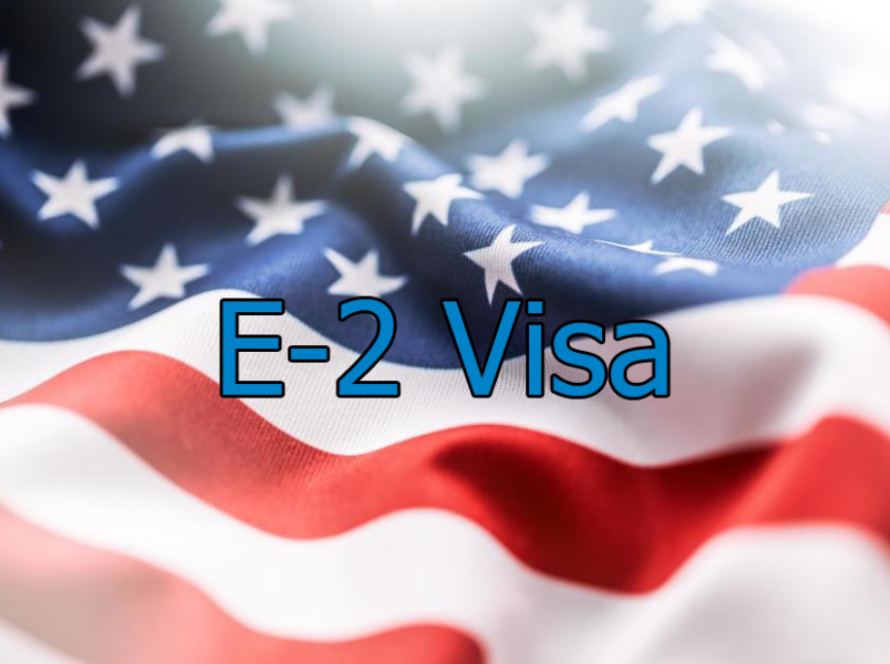What to Do If Your Visa Application is Delayed?
Waiting for a visa can be stressful enough, but when delays stretch beyond normal processing times, uncertainty can really start to affect your travel plans, academic goals, or job opportunities. Whether you’re applying for a tourist visa, student visa, work visa, or permanent residency, long processing times can feel like being stuck in limbo. And when there’s a delay, it’s not always easy to figure out what to do next.
The good news? You’re not powerless.
Delays happen, yes—but there are smart steps you can take to track your application, follow up with the right people, and explore alternatives if necessary. Whether you’re days overdue or several weeks in, this guide will help you stay informed, stay calm, and most importantly, stay ready.
Why Do Visa Delays Happen?
First, it’s important to understand that delays in visa processing are not always a sign of a problem with your application. A variety of factors could be causing the holdup:
1. High Volume of Applications
Embassies and consulates often face seasonal surges, especially during holidays, university intake seasons, or global events. These surges lead to backlogs, even if your application is complete and error-free.
2. Administrative Processing
Some visa applications are randomly selected (or flagged) for additional background checks. This process, often called “administrative processing,” may include verifying your personal history, security screenings, or cross-agency checks.
3. Missing or Incorrect Information
If your application is missing documents or contains inconsistencies, it may be put on hold while the consular officer waits for clarifications or supporting materials. Even something seemingly small—like a mismatched date or missing signature—can cause delays.
4. Technical or System Issues
Believe it or not, visa systems are not immune to IT issues. Server outages, website maintenance, or payment system glitches can slow things down unexpectedly.
5. Policy Changes or Crises
Sudden shifts in immigration policy, global conflicts, pandemics, or government shutdowns can all cause delays. Some embassies reduce operations without much warning, and processing times can slow down as a result.
Knowing what’s behind a delay won’t fix it, but it gives you perspective—and helps you figure out your next steps.
Step-by-Step: What to Do If Your Visa Is Delayed
Once you’re certain your visa application is taking longer than expected, here’s how to move forward productively.
Step 1: Check Official Processing Times Again
Before you panic, double-check the normal processing times for your specific visa type and embassy. These vary depending on country, category, and even time of year. If you’re still within the published timeframe, the delay may simply be standard.
Look for current average wait times, not just what it said when you applied. They may have changed.
Step 2: Track Your Application Status
If your embassy or consulate has a visa status tracking portal, use it regularly. It might say things like:
- “Under Review”
- “In Administrative Processing”
- “Decision Made”
- “Ready for Pickup”
If there’s no new update, don’t assume the worst. Sometimes, systems aren’t updated in real-time. But if it’s been more than a few days or weeks beyond the average, it’s time to act.
Step 3: Review Your Application Documents
Pull out your original application and double-check:
- Did you submit everything?
- Were all dates, names, and details accurate?
- Did you provide translations if needed?
- Were all fees paid successfully?
Mistakes can slip in easily—especially when applications are long or rushed. Fixing them now can sometimes help unlock a stuck process.
Step 4: Politely Reach Out to the Embassy or Consulate
If you’ve passed the normal timeframe, reach out to the embassy. Use the contact form or email provided on their website. Include:
- Your full name
- Passport number
- Application number or tracking ID
- The date you submitted your application
- A short, respectful inquiry
Avoid multiple follow-ups in short periods—that may slow things down further. Give them a week to reply before following up again.
Step 5: Respond Immediately to Any Requests
Sometimes visa authorities will ask for extra documents or clarification. If you get one of these messages, respond as soon as possible. Even a short delay in your response could bump your application down the queue.
Double-check that your documents match exactly what they’re asking for. If you’re unsure, ask for clarification instead of guessing.
Step 6: Contact a Visa Consultant or Immigration Lawyer
If your application is very delayed, and you suspect it’s due to a complex issue (like legal documentation, past visa violations, or long administrative processing), you might want to speak to a professional.
A certified immigration advisor or lawyer can:
- Interpret any embassy responses you’ve received
- Help prepare additional documentation
- Advise whether to withdraw and reapply or wait
Yes, this costs money—but it may save you weeks or months of confusion and worry.
Step 7: Explore Alternative Options
If your plans are time-sensitive (a flight, a job start, a semester), and your visa isn’t moving, consider these options:
- Rebook or delay your trip: If you can delay your travel, it might relieve pressure.
- Request expedited processing: Some embassies allow requests for urgent processing if you have a compelling reason (medical emergency, academic deadlines, etc.).
- Apply for a different visa: In rare cases, applying for another category (like a short-term visit visa instead of a long-term student visa) might work better for your timeline.
- Contact your host (school, employer, family): They may be able to help by contacting the embassy directly or issuing new invitation/support letters.
Be flexible and open to adjusting your plans temporarily—it may help reduce your stress and give you more control.
Emotional Side of Visa Delays (And How to Cope)
Let’s be honest: waiting for a delayed visa can feel like your life is on hold.
You’ve made plans. Maybe you’ve said goodbye to people or booked flights. Now you’re stuck waiting for an update that feels like it may never come.
You’re not alone.
Millions of applicants around the world experience delays every year. Some wait weeks, others months. The uncertainty can feel overwhelming—but it’s important to stay grounded.
Here’s how to manage it:
- Create a Plan B: Even if you don’t need it, it gives you something to focus on.
- Limit obsessive checking: Refreshing your inbox or application portal 30 times a day won’t make it go faster.
- Talk about it: Share how you’re feeling with friends or online communities who’ve gone through the same.
- Stay productive: Use the waiting period to prepare for your move, improve your language skills, or gather documents for your next steps.
And remind yourself: delays are frustrating—but not permanent. Your life is still moving forward.
Tips to Avoid Visa Delays in the Future
Next time, consider these tips to reduce your chances of facing delays:
- Apply as early as possible—ideally months ahead of time.
- Triple-check your documents for accuracy and completeness.
- Use document checklists provided by the embassy.
- Follow instructions to the letter, even on small things like photo size or document format.
- Pay attention to seasonal peaks, and avoid submitting right before holidays or big events.
Visa systems are unpredictable, but a little extra attention up front can make a huge difference.
Conclusion
Visa delays can be daunting—but they’re not uncommon, and they’re rarely the end of the road. With patience, preparation, and proactive follow-up, most delays can be resolved. Stay informed, keep calm, and use your waiting time wisely. Whether you’re eventually approved, asked to provide more details, or need to reapply, your goals are still achievable.
Immigration processes are complex, yes—but they’re also manageable. You’ve already taken a big step by applying. Now, stay committed, stay sharp, and know that many have walked this road and reached the other side.
FAQs
Q1: How long is “too long” to wait for a visa?
If your application exceeds the published average processing time by more than two weeks, it’s worth reaching out for a status check.
Q2: Can I travel while my visa is still processing?
In most cases, no. If you’re applying for a new visa or status, you should wait until a decision is made before traveling.
Q3: What should I include in an inquiry email to the embassy?
Keep it short and respectful. Include your name, passport number, application reference, submission date, and politely ask for a status update.
Q4: What is “administrative processing”?
This is a phase where your application undergoes additional background or security checks. It can take weeks or even months but is a standard process.
Q5: Should I withdraw and reapply if my visa is delayed?
Only consider this if you’re advised to by a visa consultant or if you’re certain your current application is flawed. Withdrawing unnecessarily can create more delays.


